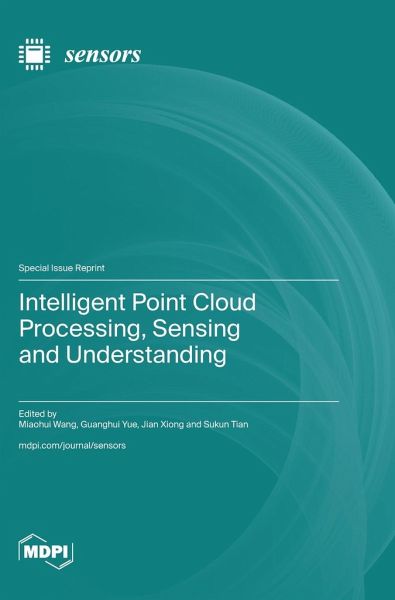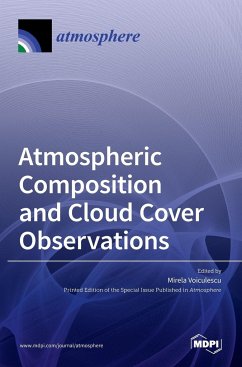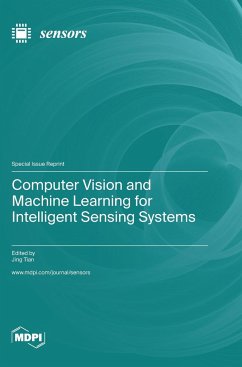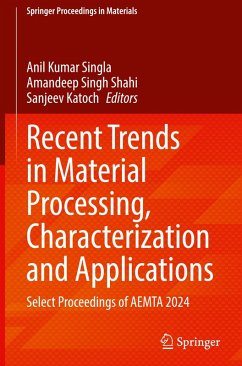
Intelligent Point Cloud Processing, Sensing and Understanding
Versandkostenfrei!
Versandfertig in 1-2 Wochen
81,99 €
inkl. MwSt.

PAYBACK Punkte
41 °P sammeln!
Point clouds are deemed to be one of the foundational pillars in representing the 3D digital world, despite irregular topologies among discrete points. Recently, advancements in sensor technologies that acquire point cloud data for flexible and scalable geometric representation have paved the way for the development of new ideas, methodologies, and solutions in countless remote sensing applications. State-of-the-art sensors are capable of capturing and describing objects in a scene by using dense point clouds from various platforms (satellites, aerial, UAVs, vehicle-borne, backpacks, handheld,...
Point clouds are deemed to be one of the foundational pillars in representing the 3D digital world, despite irregular topologies among discrete points. Recently, advancements in sensor technologies that acquire point cloud data for flexible and scalable geometric representation have paved the way for the development of new ideas, methodologies, and solutions in countless remote sensing applications. State-of-the-art sensors are capable of capturing and describing objects in a scene by using dense point clouds from various platforms (satellites, aerial, UAVs, vehicle-borne, backpacks, handheld, and static terrestrial), perspectives (nadir, oblique, and side view), spectra (multispectral), and granularity (point density and completeness). Meanwhile, the ever-expanding application areas of point cloud processing have already covered not only conventional domains in geospatial analysis but also manufacturing, civil engineering, construction, transportation, ecology, forestry, mechanical engineering, etc. Readers can learn about the latest innovative technologies for generating, processing, and analyzing point cloud data from these contributions, which helps to understand the challenges faced by point cloud data and develop new 3D applications.














